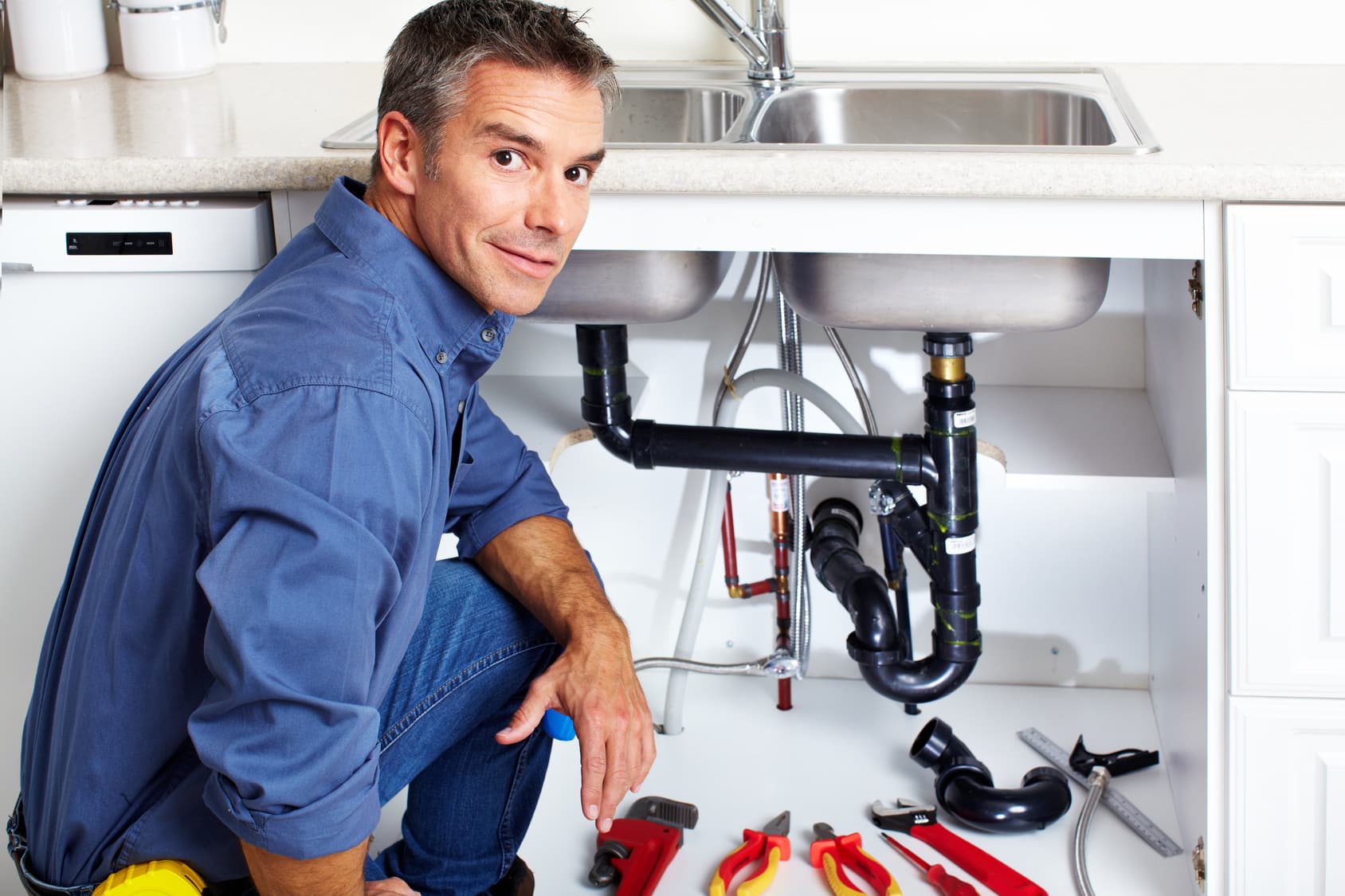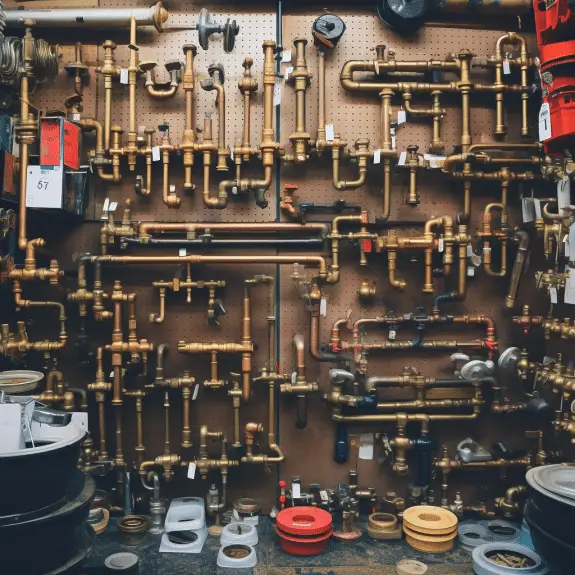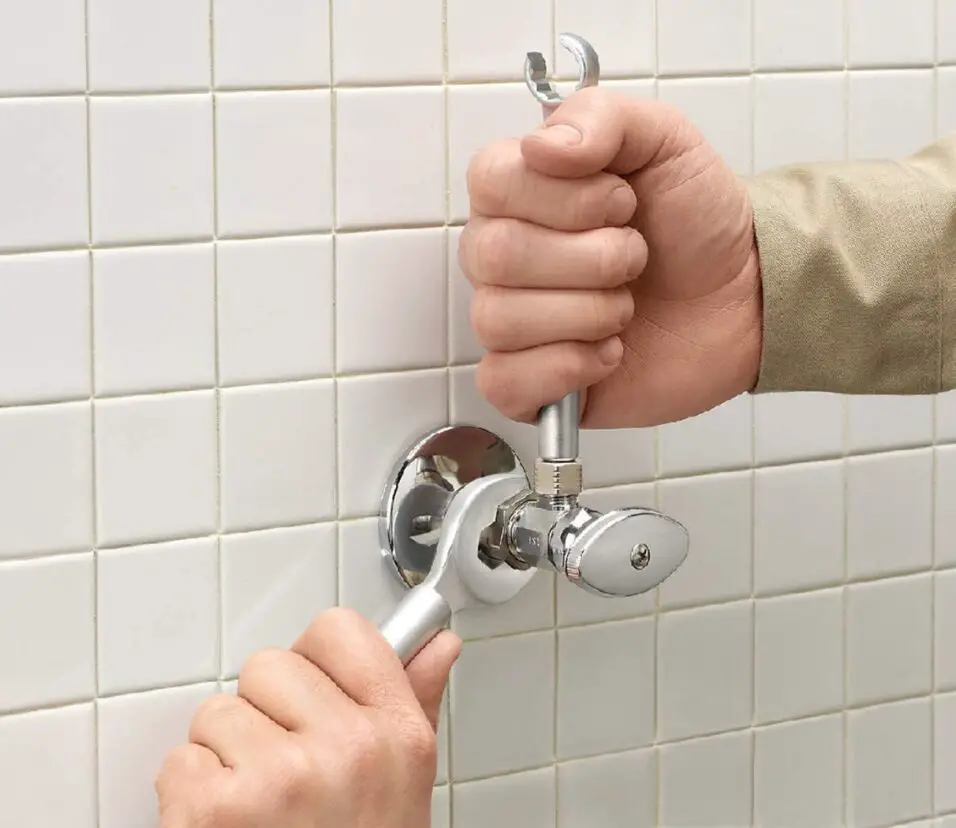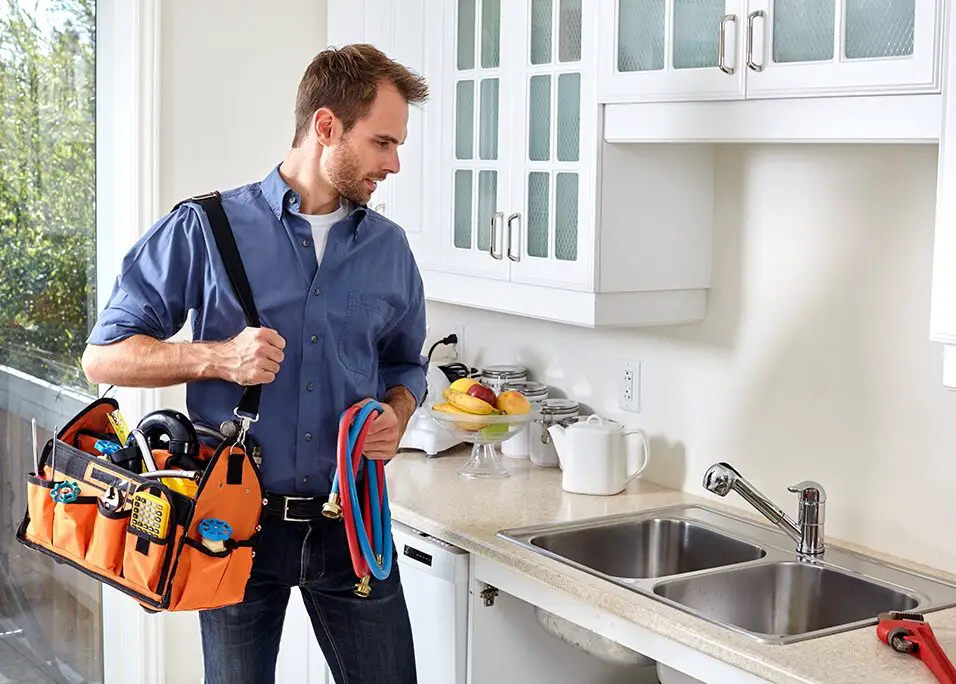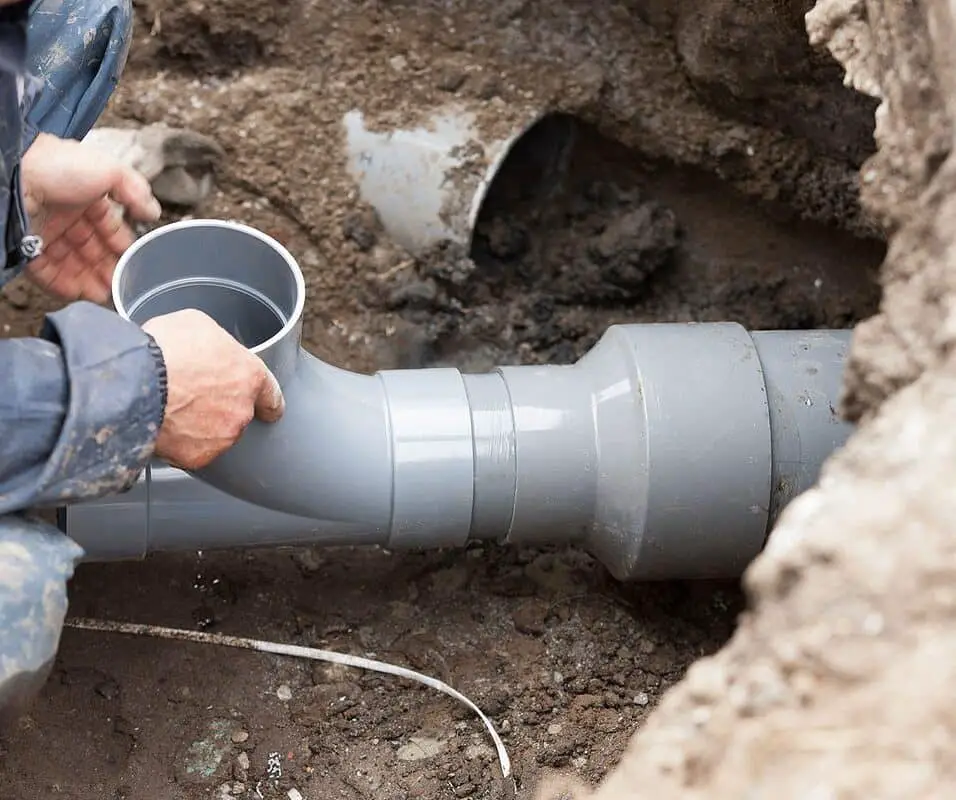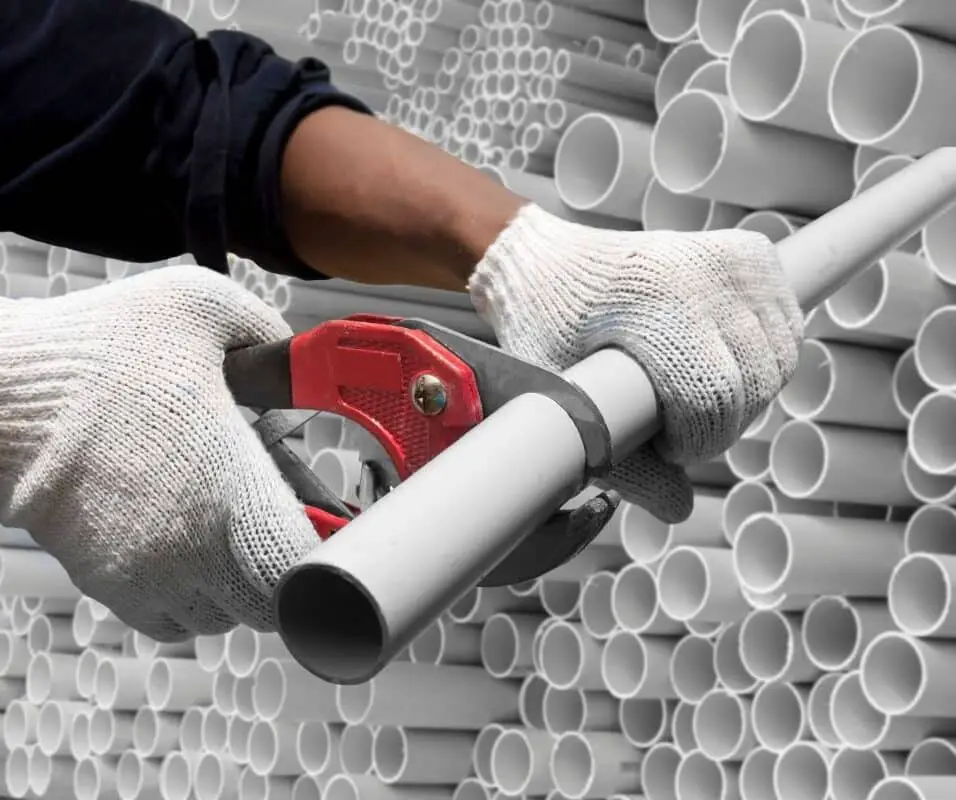How To Estimate Plumbing Cost For New Construction
Introduction
How To Estimate Plumbing Cost For New Construction: When embarking on a new construction project, whether it’s a residential or commercial building, one crucial aspect that requires careful consideration is the plumbing system. Plumbing plays a vital role in providing essential services like water supply, drainage, and wastewater management. However, determining the cost of plumbing for new construction can be a complex task, as it involves various factors and considerations.
Estimating plumbing costs accurately is crucial to ensure proper budgeting, avoid unexpected expenses, and maintain the project’s timeline. This process involves a systematic evaluation of several key elements, such as the building’s size, layout, fixtures required, materials to be used, labor expenses, and local building codes. Additionally, factors like the complexity of the plumbing design, geographical location, and the availability of skilled plumbing tape professionals can impact the overall cost estimation.
To estimate plumbing costs effectively, it is essential to gather detailed information about the project requirements, collaborate with experienced plumbing professionals, and employ a systematic approach. This involves assessing the blueprints and architectural plans to identify the plumbing system’s scope, determining the number and types of fixtures needed, and understanding the piping layout and connections.
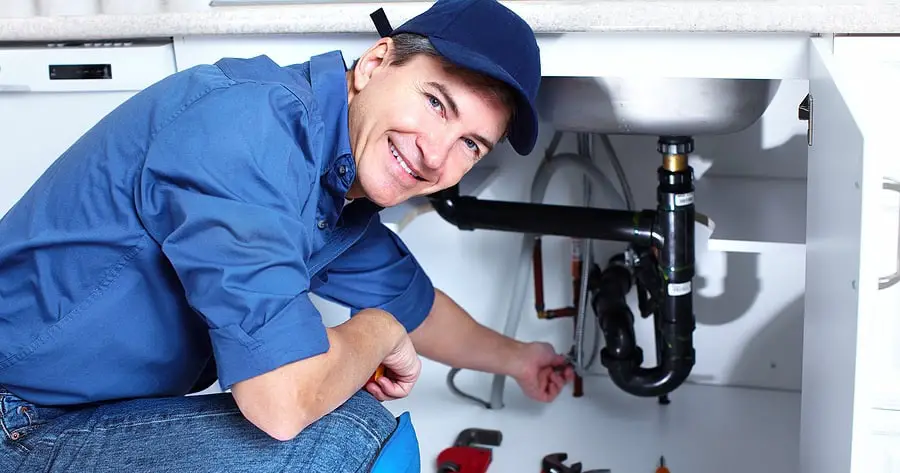
How do I estimate my plumbing plan?
Here’s how to estimate a plumbing job:
- Calculate your hourly base rate.
- Calculate your overhead costs.
- Factor in your profit margin and calculate markup.
- Figure out your total labor costs.
- Estimate your cost of materials.
- Add it all together.
- Additional pricing considerations for plumbers.
Assess Your Project Requirements: Start by assessing your project requirements and understanding the plumbing needs of your building or space. Consider the number of bathrooms, kitchens, utility rooms, or any other areas requiring plumbing fixtures. Determine the types of fixtures you will need, such as sinks, toilets, showers, bathtubs, faucets, and appliances like dishwashers and washing machines.
Evaluate the Plumbing Layout: Next, evaluate the existing or proposed plumbing layout. This includes understanding the location and layout of supply lines, drain lines, and vent stacks. If you’re starting from scratch, consult architectural plans or work with a professional to design a plumbing layout that meets your needs.
Consider Material Selection: Selecting the right materials for your plumbing system is crucial. Different pipe materials, such as PVC, copper, or PEX, have varying costs and properties. Research and consult with plumbing professionals to determine the most suitable materials for your project based on factors like durability, corrosion resistance, and local building codes.
Determine Fixture Requirements: Calculate the number and types of plumbing fixtures required for your project. Consider the needs of each area and choose fixtures that align with your preferences and budget. It’s essential to consider the quality, style, and features of fixtures, as they can significantly impact the overall cost.
How many feet of pipe in a house?
Most homes will not have more than 300-500 feet of tubing or piping for both hot and cold water. 500 feet is the equivalent of 2 kitchens and 3 bathrooms. However, it takes a lot longer and is much harder to solder copper pipes vs. crimping PEX connections.
Water Supply Lines: Water supply lines distribute clean water throughout the house. The length of these lines can vary based on the layout and design of the plumbing system. In a standard single-story house, you can expect an average of 200 to 300 feet of water supply lines. For larger houses or multi-story buildings, the length of water supply lines will likely be greater due to the increased number of fixtures and distance between floors.
Drainage and Waste Lines: Drainage and waste lines carry wastewater away from sinks, toilets, showers, and other fixtures. These pipes typically have a larger diameter than supply lines. The length of drainage and waste lines is determined by the number of fixtures and their proximity to the main sewer or septic system. On average, a residential house may have around 250 to 400 feet of drainage and waste lines.
Vent Pipes: Vent pipes provide ventilation to the drainage system, allowing for the release of sewer gases and maintaining proper air pressure within the pipes. The length of vent pipes is generally determined by the number of fixtures and the distance to the roof. A typical residential house may have 50 to 100 feet of vent pipes.
What should be included in a plumbing plan?
Requirements for a Plumbing & Piping Diagram
- Lines and symbols to represent pipe work.
- A symbols legend with notes for easy identification.
- The sizes for the piping, sanitary and vent lines.
- Water riser and sanitary stack diagrams.
- Water heater information.
- The manufacturer and model for each fixture.
Plumbing Layout: The plumbing layout is a critical component of a plumbing plan. It includes the placement and arrangement of all the plumbing fixtures, supply lines, drain lines, vent pipes, and other relevant components. The layout should consider factors such as proximity to the main water supply and sewer/septic system, accessibility for maintenance and repairs, and adherence to local building codes and regulations.
Fixture Placement: Specify the exact placement of each plumbing fixture in the building or space. This includes sinks, toilets, showers, bathtubs, faucets, appliances like dishwashers and washing machines, and any other fixtures requiring plumbing connections. Proper fixture placement ensures convenience, functionality, and efficient use of space.
Pipe Sizing and Routing: Determine the appropriate pipe sizes for water supply lines, drain lines, and vent pipes. Pipe sizing depends on factors such as flow rate, fixture demand, and pressure requirements. Proper pipe routing ensures an optimized and efficient plumbing system by minimizing pressure drops, allowing for proper drainage, and avoiding conflicts with other building components like structural elements and electrical wiring.
How many quotes should I get plumber?
Comparing quotes is the best way to find a plumber who will give you your dollar’s worth. If you can, get at least three quotes from qualified plumbers before taking next steps.
Project Complexity: Consider the complexity of your plumbing project. Simple repairs or small-scale installations may only require a few quotes to assess the cost and choose the right plumber. On the other hand, larger projects, such as extensive renovations or new construction, involve more intricate plumbing systems, and obtaining several quotes is generally advisable.
Scope of Work: Evaluate the scope of work involved. If your project involves multiple areas, such as bathrooms, kitchens, or utility rooms, or requires a wide range of plumbing services, it’s beneficial to seek quotes from multiple plumbers. This allows you to compare their expertise and ensure that all aspects of your project are adequately addressed.
Budget Considerations: Consider your budgetary constraints. If you have a specific budget in mind, obtaining multiple quotes can help you identify plumbers who can meet your requirements while staying within your financial limitations. It allows you to explore different pricing options and negotiate if necessary.
Recommendations and Referrals: Take into account any recommendations or referrals you may have received. If someone you trust has had a positive experience with a particular plumber, you may choose to obtain a quote from them first. However, it’s still advisable to seek additional quotes to ensure you’re getting a fair price and to compare the recommended plumber’s services with other options.
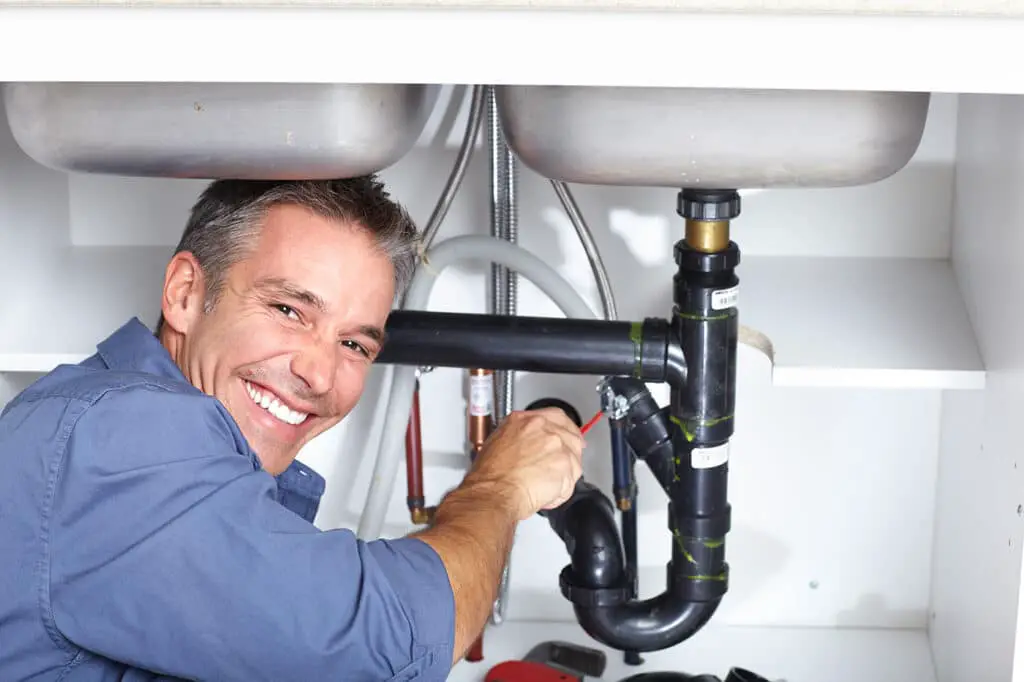
What is a plumbing design?
A plumbing drawing, a type of technical drawing, shows the system of piping for fresh water going into the building and waste going out, both solid and liquid. It also includes fuel gas drawings.
Layout and Fixture Placement: A plumbing design begins with determining the layout and fixture placement. This includes identifying the locations of sinks, toilets, showers, bathtubs, faucets, appliances, and other fixtures requiring plumbing connections. Proper fixture placement ensures convenience, optimal use of space, and compliance with local building codes and regulations.
Water Supply System: The water supply system is a fundamental component of plumbing design. It involves the layout and sizing of water supply lines, which distribute clean water throughout the building. The design considers factors such as flow rate, pressure requirements, and the number of fixtures. Proper sizing and layout of water supply lines ensure consistent water pressure and adequate supply to all fixtures.
Drainage and Waste Management: The drainage and waste management system is responsible for carrying wastewater away from fixtures and safely disposing of it. The plumbing design includes the layout and sizing of drain lines, which remove wastewater, and vent pipes, which allow for the release of sewer gases and maintain proper air pressure within the system. Proper drainage design prevents clogs, odors, and water backup.
Pipe Sizing and Material Selection: Determining the appropriate pipe sizing and material selection is crucial for plumbing design. Pipe sizing depends on factors such as flow rate, pressure drop, and fixture demand. The design takes into account things like how long the pipes will last, how resistant they are to corrosion, how much they will cost, and how well they work with local building rules when deciding what kind of pipes to use.
What are the profit margins for plumbing?
Factors That Can Impact Profitability
Some industry organisations anticipate that profit margins for most plumbing projects should be around 35 to 40 percent. This is just an estimated amount. Each plumbing business is operated differently and may see more or less profit.
Business Size and Location: The size and location of the plumbing business can influence profit margins. Larger plumbing companies may benefit from economies of scale, allowing for higher efficiency and potentially higher profit margins. However, smaller businesses can also thrive by offering personalized services and focusing on niche markets. The location of the business can also affect profit margins, as regional factors like labor costs, competition, and market demand can vary.
Competition: The level of competition in the plumbing industry can impact profit margins. In areas with a high concentration of plumbing businesses, competition may drive prices down, resulting in lower profit margins. Conversely, in areas with limited competition, plumbers may have more flexibility in pricing their services, potentially leading to higher profit margins.
Overhead Costs: The overhead costs associated with running a plumbing business can impact profit margins. These costs include employee wages, insurance, licenses, permits, vehicle maintenance, equipment, office space, marketing, and administrative expenses. Effective management of overhead costs is crucial for maintaining healthy profit margins.
Material Costs and Markup: The cost of materials and the markup applied to them can influence profit margins. Plumbers must consider the cost of pipes, fittings, fixtures, and other materials required for their projects. Determining an appropriate markup on materials helps cover costs, including procurement, storage, and any associated warranties or guarantees.
What is plumbing basics?
What are the basics of plumbing? Drain pipes, traps, and vents are some of the basic components of the Drain Water Vent System. They help in moving water to the sewer line, prevent backflow and release sewer gas outside the house respectively.
Each fixture is connected to the plumbing system by water supply and wastewater drain connections.
Supply lines bring clean water to fixtures. Copper, PVC, and PEX are common materials. Supply lines link to the water supply and go through walls, floors, or ceilings to fixtures. Supply lines have shut-off valves to control water flow to specific fixtures.
Drainage and Ventilation: Drainage removes wastewater from fixtures and transports it away. Drain lines, constructed of PVC or cast iron, link fixture drains to the main sewer or septic system through walls and floors. The drainage system needs vent pipes to avoid sewage gas accumulation, maintain air pressure, and properly drain.
Traps: Sinks and toilets have curving pipes beneath them. They contain water and block sewer gases from entering the structure. Traps seal gases and allow wastewater to flow, keeping the environment clean and odor-free.
How many types of plumbing are there?
There are five main types of plumbing pipe materials that are still in use today: copper, galvanized steel, polyvinyl chloride (PVC), acrylonitrile butadiene styrene (ABS), and cross-linked polyethylene (PEX). Chlorinated polyvinyl chloride (CPVC) is also used.
Residential Plumbing: Residential plumbing refers to the plumbing systems found in homes, apartments, and other residential buildings. It includes the distribution of clean water to fixtures, such as sinks, toilets, showers, and appliances, as well as the removal of wastewater through drainage systems. Residential plumbing systems typically utilize water supply lines, drain lines, vent pipes, and various fixtures and appliances.
Commercial Plumbing: Commercial plumbing involves plumbing systems in commercial buildings such as offices, retail spaces, restaurants, hospitals, and schools. The complexity of commercial plumbing varies depending on the size and function of the building. Commercial plumbing may involve more extensive networks of supply lines, drain lines, and fixtures to accommodate larger occupancy and usage demands.
Industrial Plumbing: Industrial plumbing refers to plumbing systems found in industrial facilities, manufacturing plants, factories, and warehouses. These systems are designed to handle large-scale operations and specialized processes. Industrial plumbing may involve the use of specialized equipment, heavy-duty pipes, and unique fixtures tailored to industrial needs, such as chemical-resistant materials or high-pressure systems.
Water Supply Plumbing: Water supply plumbing focuses on the distribution of clean and potable water throughout a building or property. It involves the installation of water supply lines, which connect to a reliable water source, such as a municipal water system or a private well. Water supply plumbing ensures the efficient and continuous delivery of water to various fixtures, appliances, and irrigation systems.
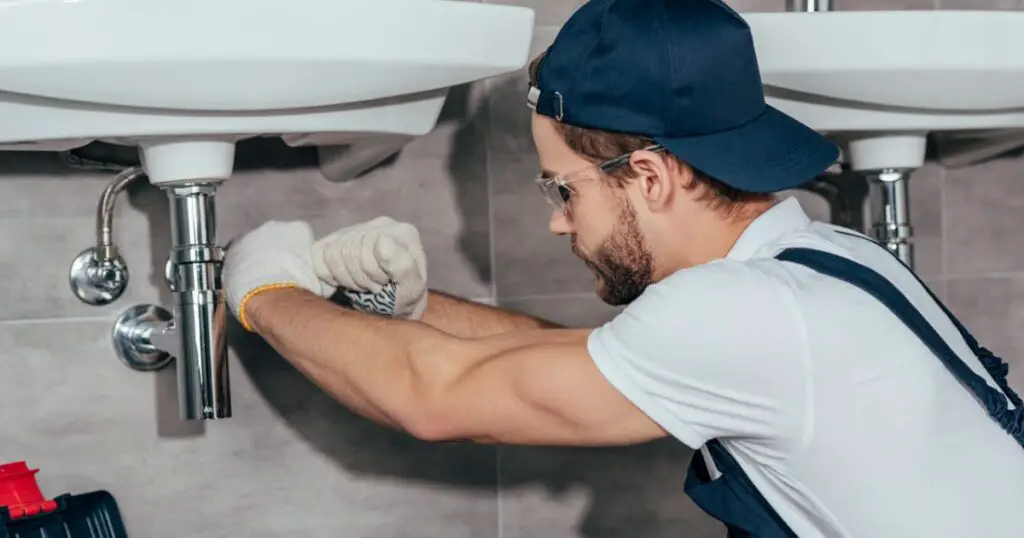
Conclusion
Estimating plumbing costs for new construction is a critical task that requires careful consideration of various factors. By following a systematic approach and collaborating with experienced plumbing professionals, accurate cost estimates can be determined. This allows for effective budgeting, proper planning, and successful completion of the plumbing system in the new construction project.
Key considerations in estimating plumbing costs include evaluating the building’s size, layout, and required fixtures. Understanding the piping layout, connections, and materials is crucial, as they impact the overall cost. Collaborating with skilled plumbers or bathroom plumbing contractors helps in obtaining accurate labor estimates, ensuring that the project remains within budget. By adhering to these requirements, the plumbing system will comply with safety and quality standards.
Accurate plumbing cost estimation enables project stakeholders to make informed decisions, anticipate expenses, and allocate resources effectively. It minimizes the risk of unexpected costs and ensures that the plumbing system is installed efficiently and meets the project’s needs.



